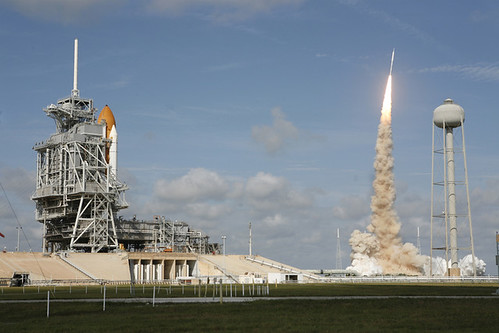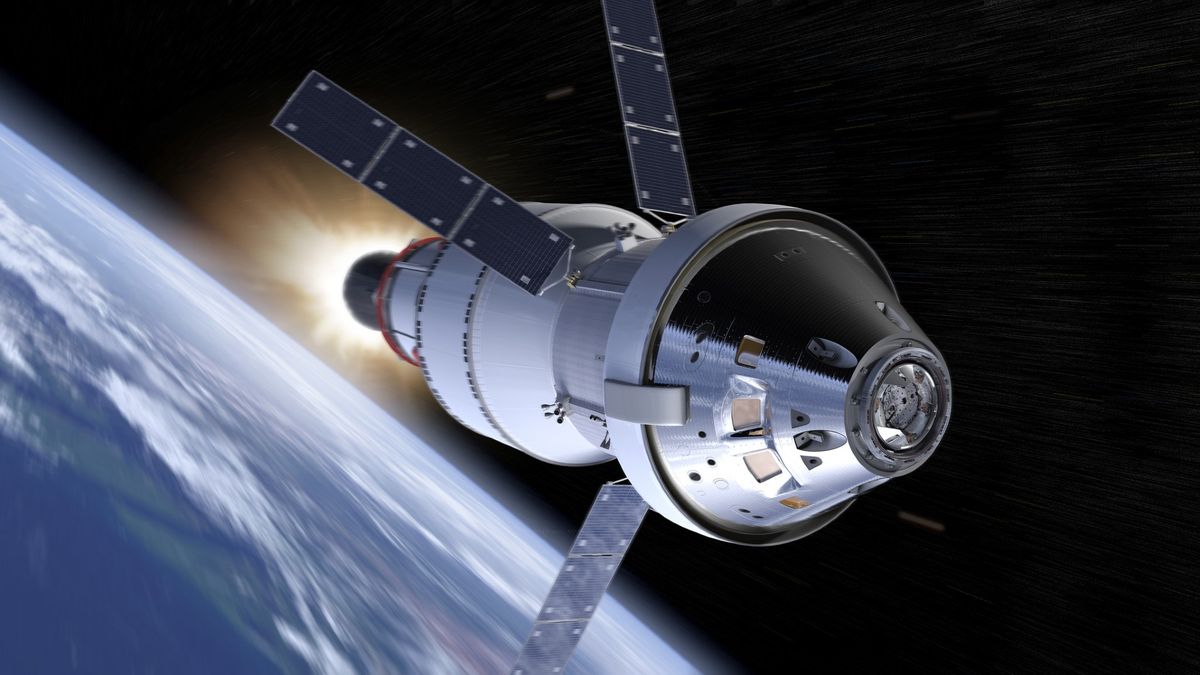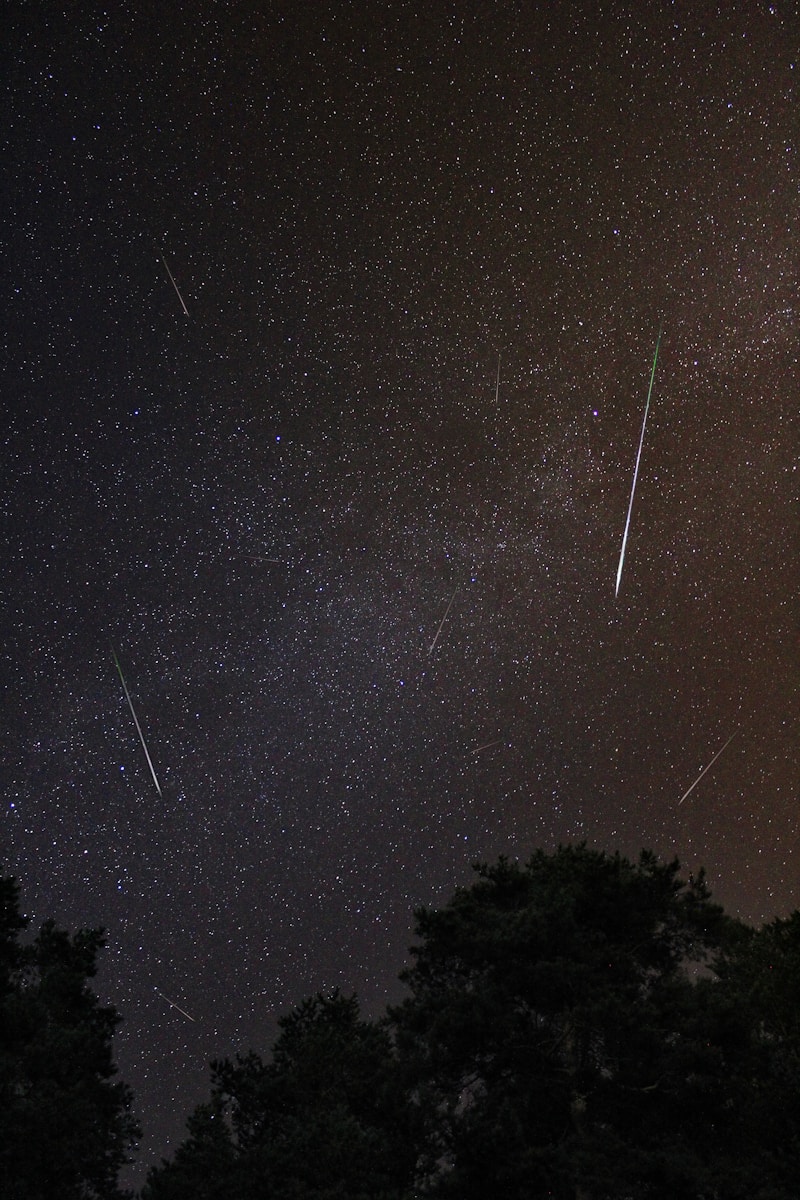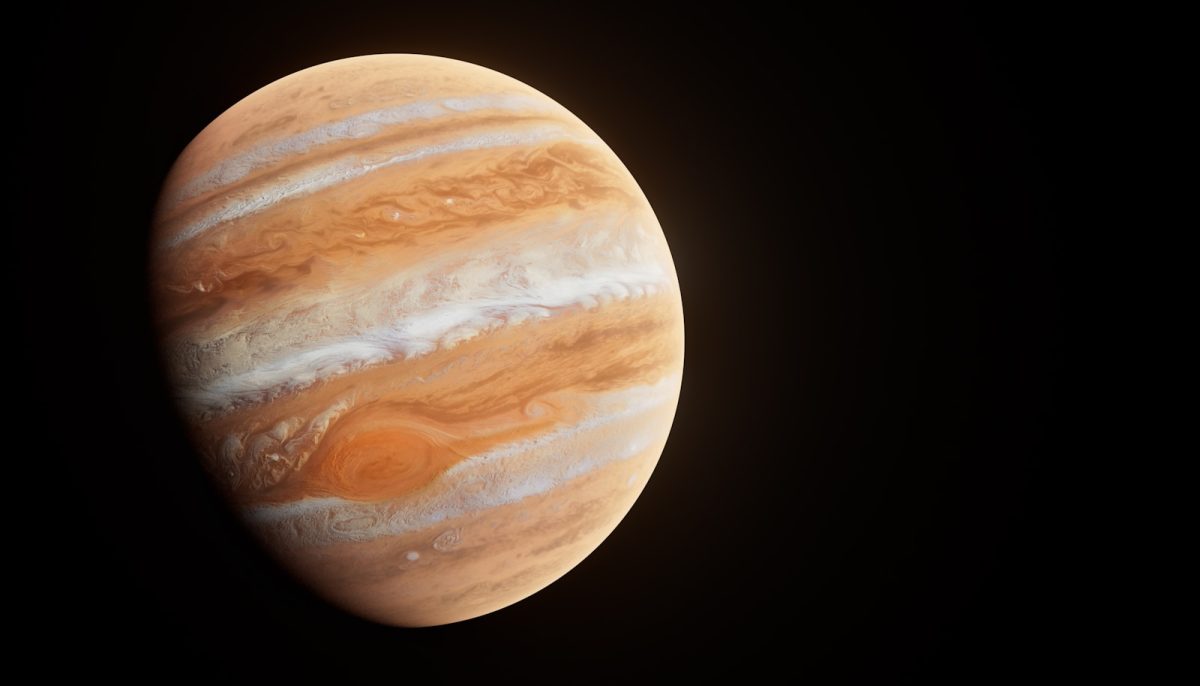On Tuesday, May 27, at just after 7:30 P.M. Eastern Time, Starship Flight 9 lifted off the launchpad in Starbase, Texas. The launch was a first for Starship, since it was the first time SpaceX were going to refly a Super Heavy booster, using the one flown on Flight 7. As part of reflying the booster, SpaceX put the booster through a battery of tests, intending to test how it would respond to a variety of situations. As well as reflying a booster, SpaceX hoped to deploy a set of Starlink simulators using the Ship upper stage.
After Starship lifted off, the launch went smoothly for the first few minutes, until the stages separated and the Super Heavy booster burned to land in the Gulf of Mexico. After burning, the booster lost contact with SpaceX Mission Control, and landed in the Gulf at high speeds, being destroyed instantly when it hit the water.
Ship fared better than Super Heavy, and after separating from the booster reached past the Kármán Line, the line that divides space and the atmosphere, and attempted to deploy the eight Starlink simulators, but the door to the cargo bay, where they were being held, failed to open. After the failed attempt, the Ship also began to spin uncontrollably, and because of this could not reenter the atmosphere properly, burning up during reentry.
RELATED STORIES
https://www.cnn.com/science/live-news/spacex-starship-flight-9-launch-05-27-25
https://www.nytimes.com/2025/05/27/science/spacex-starship-launch-elon-musk-mars.html
SpaceX launches first flight-proven Super Heavy booster, loses control of Starship mid-flight
TAKE ACTION
https://www.blueorigin.com/careers/search






